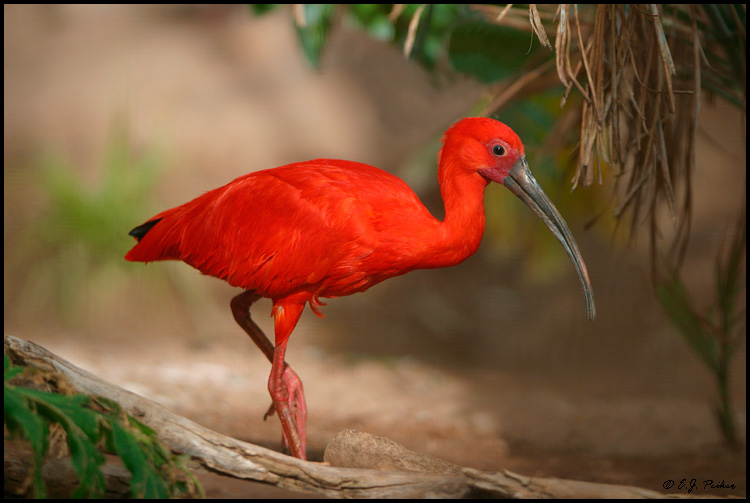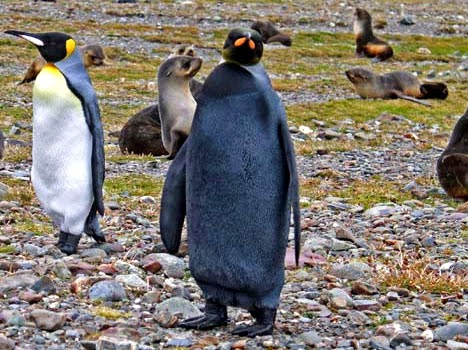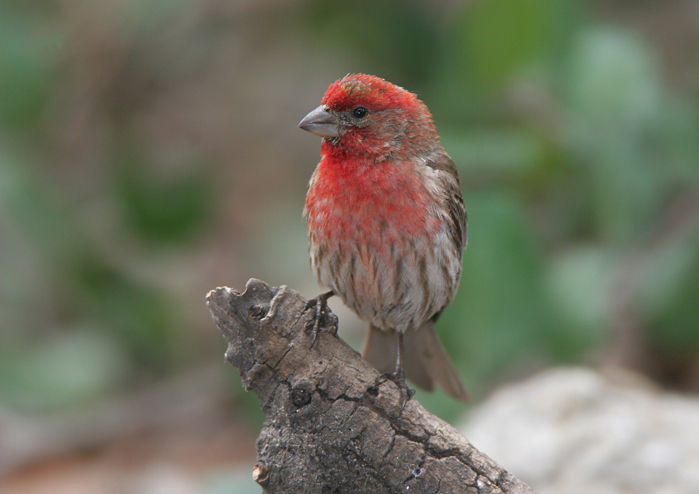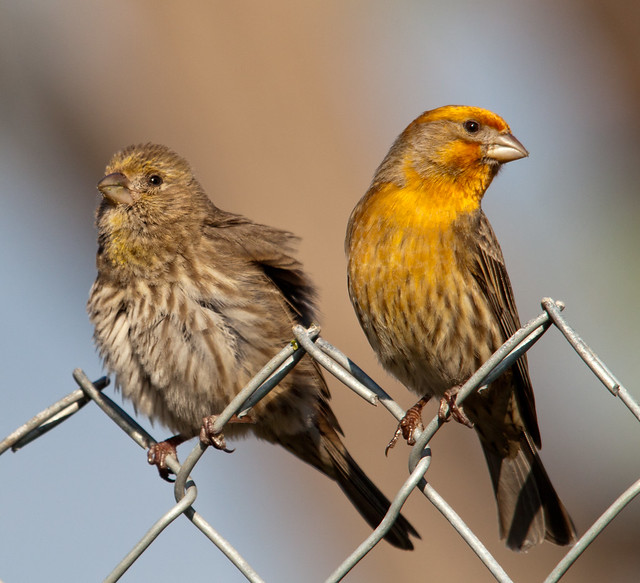 As I turned on the tv this evening, I saw a Nature episode on PBS chronicling the lives of two white white lion cubs in Africa. Individuals such as these indeed lead a difficult life; their inability to produce dark pigments leaves them not only highly visible to predators, but often not very attractive to potential mates. It's a rough life being different, something I think we can all identify with. However albinism isn't the only condition that can affect an animal's appearance. There are several ways an animal's coloration can vary, from not enough pigment, to too much, to poor diet.
As I turned on the tv this evening, I saw a Nature episode on PBS chronicling the lives of two white white lion cubs in Africa. Individuals such as these indeed lead a difficult life; their inability to produce dark pigments leaves them not only highly visible to predators, but often not very attractive to potential mates. It's a rough life being different, something I think we can all identify with. However albinism isn't the only condition that can affect an animal's appearance. There are several ways an animal's coloration can vary, from not enough pigment, to too much, to poor diet.Leucism
Leucism, as seen in the lion above, is very similar to albinism, causing animals to be white or at least lighter in coloration. This is due to a lack of melanin, the pigment mostly (more on that later) responsible for an animal's color. The difference between albinism and leucism is that in albinism, the body cannot produce melanin and in leucism, melanin can be produced, but just isn't deposited normally on the skin, fur, feathers, scales, etc. Sometimes leucism just occurs in patches, resulting in what is referred to as a pied or piebald color morph.
Hey, who forgot to finish painting this snake? Nah, it's just a piebald ball python.
 To tell an albino from a leucistic animal as in these American alligators, just look at the color of the eyes. Albinos have red eyes due to the lack of pigment--the red you see is due to the blood vessels in the eyes. Animals that are leucistic will still have colored eyes, but will be lighter than usual; commonly blue.
To tell an albino from a leucistic animal as in these American alligators, just look at the color of the eyes. Albinos have red eyes due to the lack of pigment--the red you see is due to the blood vessels in the eyes. Animals that are leucistic will still have colored eyes, but will be lighter than usual; commonly blue.
Melanism
Before the industrial revolution, peppered moths looked like this:
Yes, I promise there are two moths in this picture.
Their light coloration made for a spot-on match to lichen covered tree bark. Those moths that were too dark, ie melanistic, were quickly picked off by predators. However, once the industrial revolution began, pollution entered the air, killing off the sensitive lichens. This resulted in a role reversal: the light moths were now picked off the bare tree bark and the dark moths proliferated.
Dark moth: Yeah, who's laughing now?
Melanism became an adaptation, an advantage, in this situation. Other situations similar to these also occur, independent of human causes, for example a melanistic nocturnal animal better suited to hide in the dark night.
Remember how I said that melanin is the pigment mostly responsible for an animal's coloration? Well if you don't, I'm beginning to question just how closely you really read my blog. There are other pigments responsible for color, such as carotenoids. Carotenoids are produced in plants and are responsible for reds, oranges, and yellows in animals, mostly in birds and crustaceans. The only problem is that animals cannot produce their own carotenoids, so they must get it through their diet. The classic example that most people have heard about is the flamingo, which derive their pink from algae and invertebrates that they consume.
 |
| This good little ibis has been eating all of his pellets. |
Many of our more familiar backyard birds rely on carotenoids for their brilliant colors: northern cardinals, goldfinches, and house finches, for example.
For house finches living in Hawaii, their diet has come to be quite different than their relatives living on the mainland, and as a result, their feathers look like this:
 |
| Source: allaboutbirds.org |








Many thanks for this very informative article.
ReplyDelete